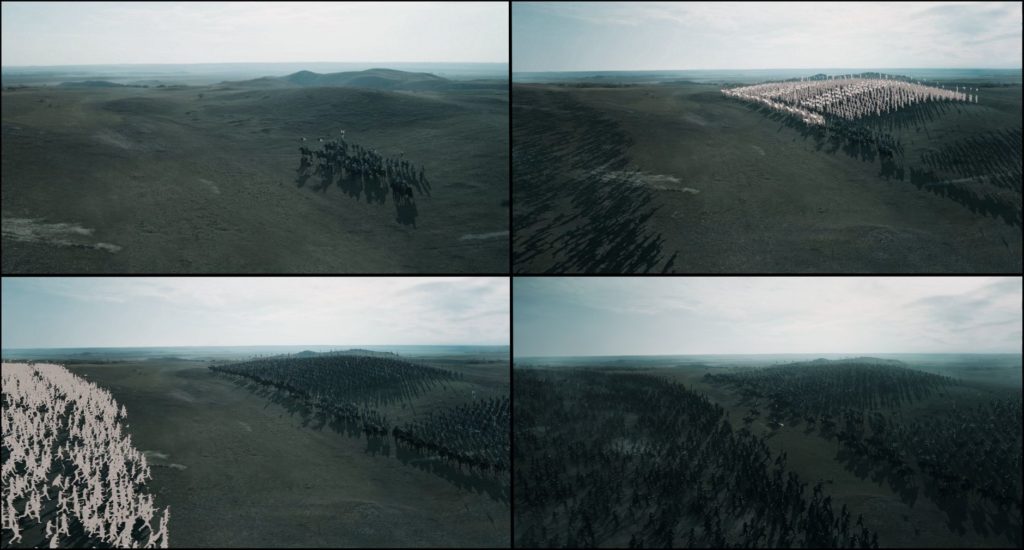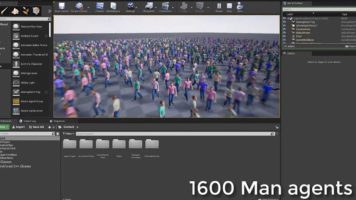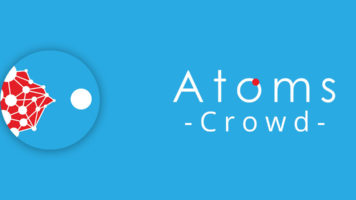Cinesite creates The Witcher battle sequences with Atoms Crowd
03/02/2020

Recently Netflix announced The Witcher is the most-watched first season of television ever for Netflix.
Today we have a chat with Gina Pentassuglia (Senior Crowd TD) and talk about Cinesite used Atoms Crowd to create the crowd sequences for the series.

Hello Gina, can you introduce yourself?
I’ve been a Crowd TD here at Cinesite since last year, when we started work on the first Witcher series.
I’ve gained experience over the last 8 years in another company, working together with amazing artists from all around the world, and on movies like World War Z, Maleficent, Guardians of the Galaxy, Exodus, the Jungle Book, Pirates of the Caribbean, the Hunger Games, Ghost in the Shell and the Lion king.
How many crowd shots were there in the Witcher? Which was the largest crowd you had to deal with? Which shot was the most challenging?
We had a total of 16 crowd shots.
The largest and the most complex crowd shot was in the first episode, when the two armies, Nilfgaardian and Cintra, confronted each other; we had knights with different types of weapons, some of them riding horses, some waving flags and some wearing cloaks.
Is there something you are particularly proud of?
Overall, I’m very satisfied with our technical and artistic results, achieved working on crowds for The Witcher series; choosing Atoms made our job easier, because choreographing crowds was really fast and we sent simulations to other departments without hassle.
Can you describe your approach and workflow for delivering a crowd shot with Atoms?
For “The Witcher” we created all the crowd shots using Atoms 2.8.2 in Maya.
Before beginning work on the actual shots, I set up the agent, including his variations (body type, armour...) and the control of his feet on the terrain. Then I created a library of animation clips, including ones from mocap sessions. I worked on a shot creating just one big heightfield using the given environment. The initial crowd formation layout was chosen and I began laying out the choreography; using curves to direct agents’ paths, I connected weapons to knights and riders to horses, creating variations in the knights’ posture and weapon rotation. In one shot, knights were very close to the camera, so we also added facial blendshapes to vary them.
After the approval of one shot, I exported the simulated crowd using Atoms cache: in that way I could send my results to CG generalist Hugh Johnson and the lighting department.
The former could open caches in Houdini by using Atoms nodes, and Hugh simulated flags, cloaks, knights going through fog and dust, attaching flames to the torches and arrows. Later, the cloth simulation was directly connected to the crowd in Gaffer by Atoms’ node.
The latter used my caches to light the crowd and to attach lights where torches and arrows were.
Can you outline a bit your pipeline and how easy it was to integrate Atoms Crowd into it?
Adopting Atoms into our pipeline was easy, thanks to Atoms’ integration with Maya, Houdini and Gaffer, and to the Atoms cache, which allowed all departments to exchange data without worrying about exporting procedures and file formats.
Was there any particular feature that helped you deliver shots faster?
The modules I used most for this show were the pointsLayout and the meshScatterLayout. These modules offer a lot of control and flexibility for generating and updating crowds. Another module was the jointTransform, which allowed me to vary the position and orientation of soldiers' weapons and body parts. The sync module was used to relate weapons to soldiers and soldiers to horses.




